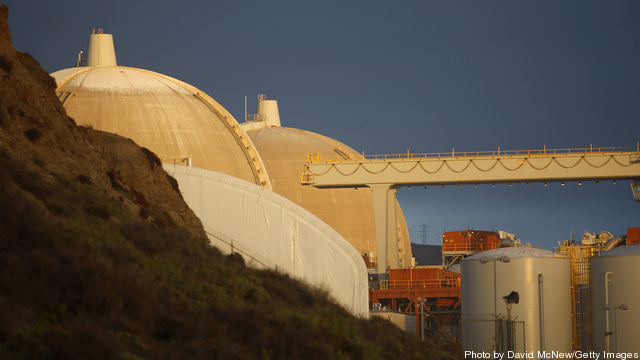
Toyota has followed Nissan with the announcement of a vehicle-to-home (V2H) system that can supply electricity from the car battery to a residence for backup or peak power, according to a story from the Green Car Congress. The program will start testing at the end of this year with about 10 households that will have Prius plug-in hybrid vehicles. An onboard inverter converts stored power into AC for home use.
The idea is to store low-cost, off-peak electricity in the vehicle’s battery and for use by the home during peak consumption times. The power flow is controlled via communication between vehicle, charging stand and a home energy management (HEM) system. The HEM system would need some kind of schedule or signal from the utility to know when to charge and when to send power back. Keep reading →










